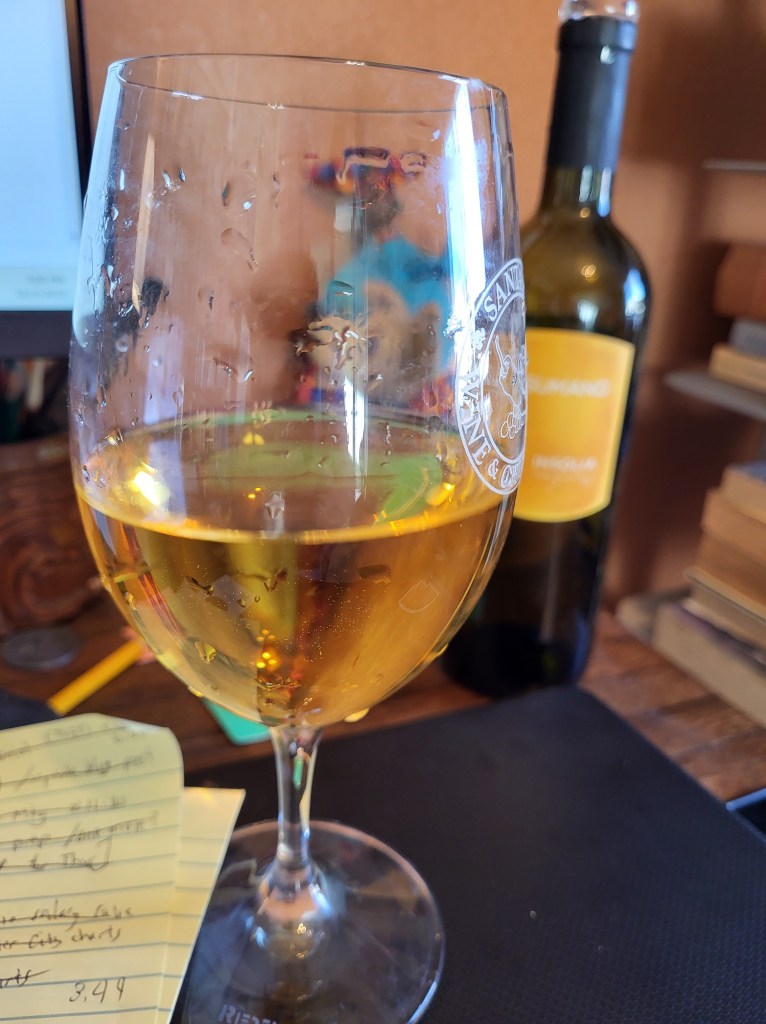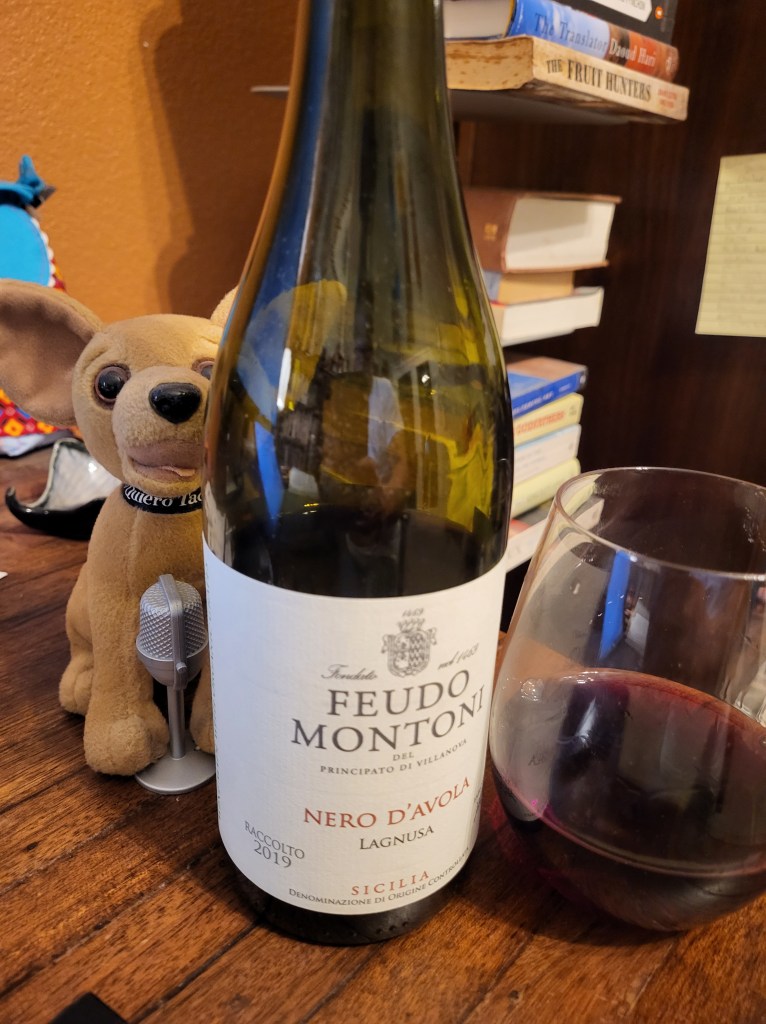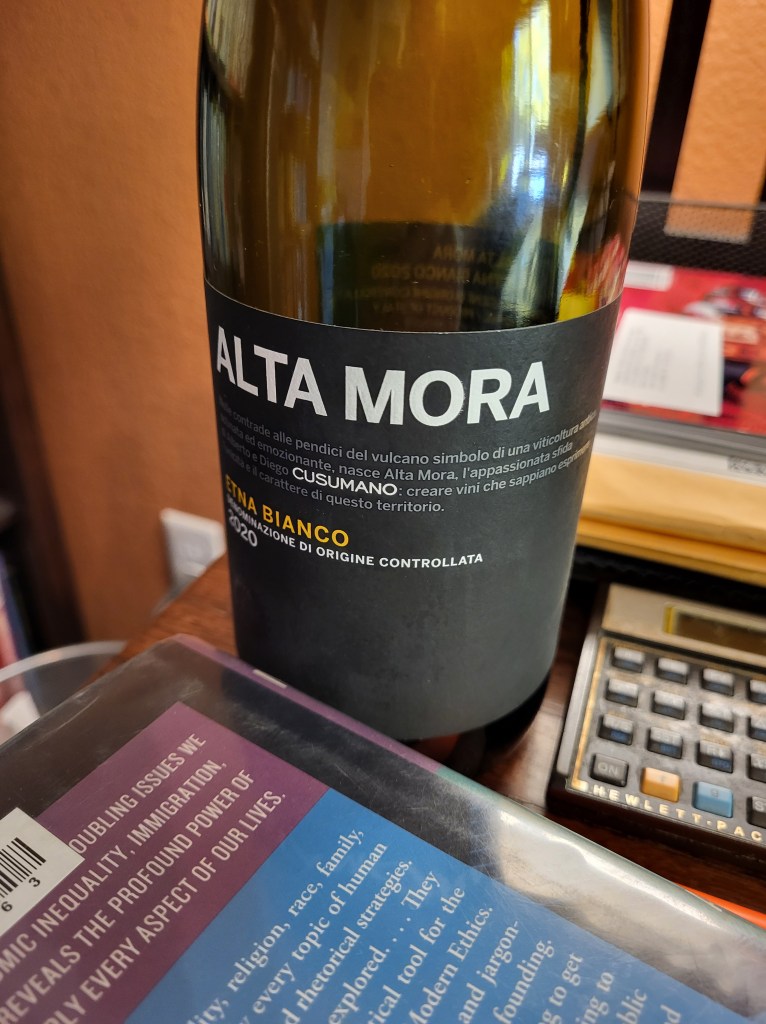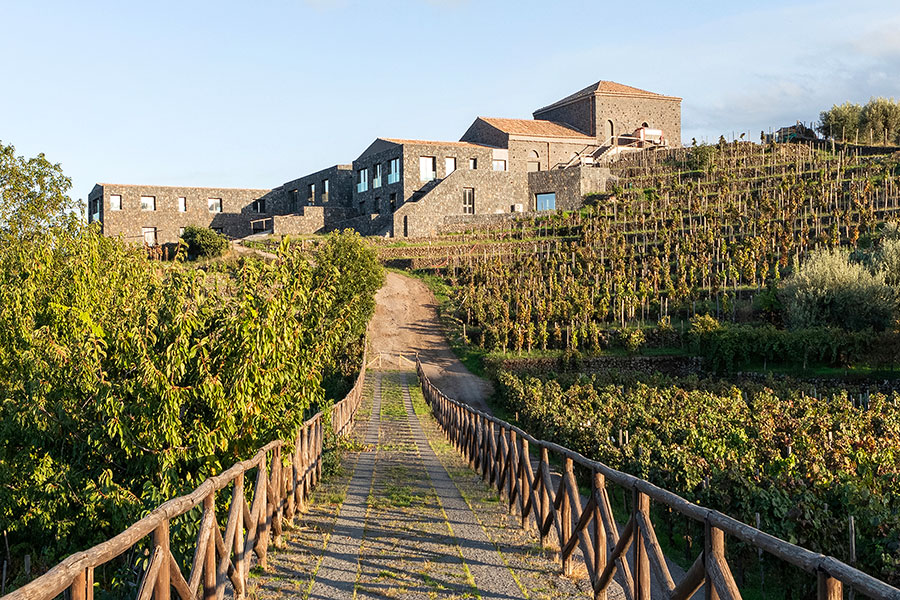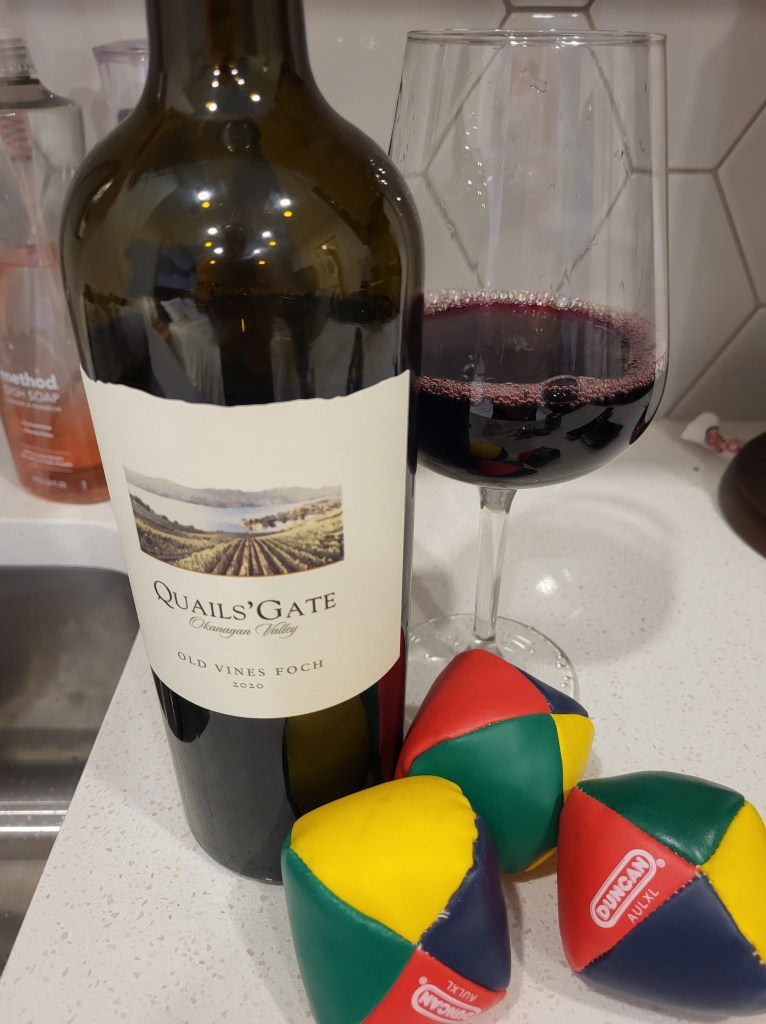According to my wife, anything at Costco with a price that ends in ‘7’ is on clearance.
So she came back with a number of Bordeaux wines priced between $20-30/bottle. I knew none of them, though a few of them were definitely the 3rd labels of famous chateaux.
I should start by saying that I’ve never been terribly impressed by Bordeaux wines that weren’t also insanely expensive. I’ve tried dozens of basic Bordeaux, Cru Bourgeois, 5th-growths etc., but I always feel like they’re just a bit boring. Dusty tannins, modest fruit, light-bodied. So I hardly ever buy Bordeaux. And just to be clear, I’m also not a big Napa Cab guy.
So the first wine of our Costkeaux Bordeaux was…boring. My wife came walking in and asked, “Does all Bordeaux wine taste like this? Not much fruit, really light, nothing really stands out. I like the Cotes du Rhone wines a lot more.” I agreed 100%.
Nothing wrong with the wine at all. One would have no problem destroying a carafe of this at a bistro, but the wine would purely be in a supporting role.

Nose: Very light red/black fruit, and a touch of oak
Sweetness: Dry
Acidity: Medium+
Tannins: Medium, dusty
Alcohol: Medium
Body: Medium
Flavors: Medium intensity red/black fruit, mild tobacco flavors
Finish: Immediate
I should add that the 2022 Bellefont-Belcier is getting 94-95 scores from some of the top wine critics. So maybe Bordeaux just isn’t my style.
Here’s what critics had to say about the 2021. I’ll be honest, I don’t agree with these at all. Highlights are mine.
“I loved the 2021 Château Bellefont-Belcier and it’s certainly well worth seeking out. Based on 75% Merlot, 15% Cabernet Franc, and 10% Cabernet Sauvignon that hit 13.75% alcohol and is still resting in just 30% new barrels, it shines for its purity and elegance, with vivid blue fruits, cassis, chalky mineral, and white flower-like aromas and flavors. Medium-bodied on the palate, it shows the vintage’s elegant, seamless style, is perfectly balanced, and has outstanding length. (not true) If it puts on weight over the course of its élevage, it will check in near the top of the barrel range. Tasted numerous times. Barrel Sample : 91-93″ – Jeb Dunnuck
“Blackcurrants, rose petals and cocoa powder on the nose. Fresh and slightly tart in a lively way, the fruit and acidity is at the fore giving life and energy. It’s light and lean, but doesn’t feel as if it’s missing the mid-palate depth (I think it did), it’s complete in its way with redcurrants, creamy black cherries, freshly-picked strawberries and a salty, wet stone finish.” – Decanter
